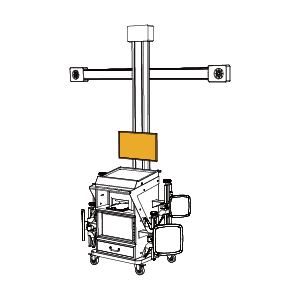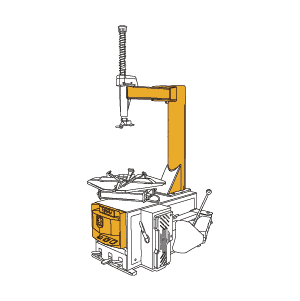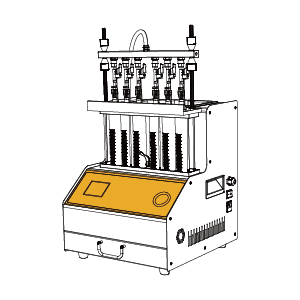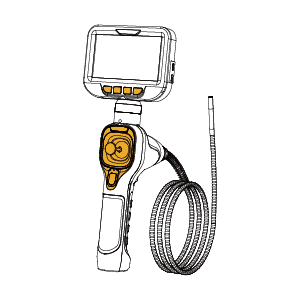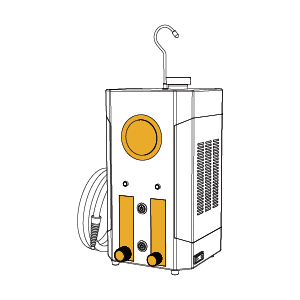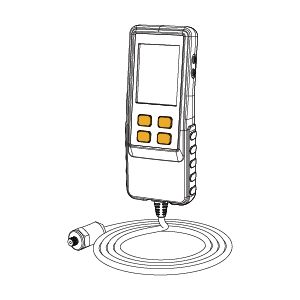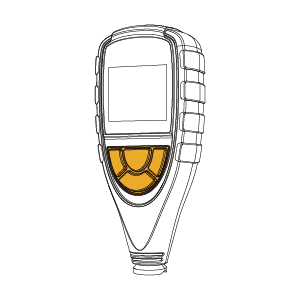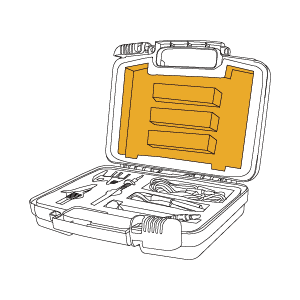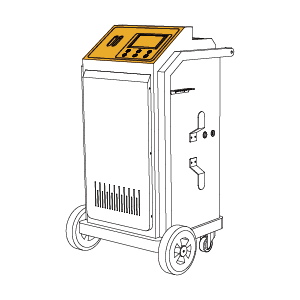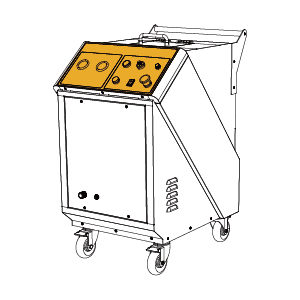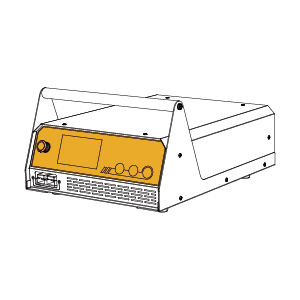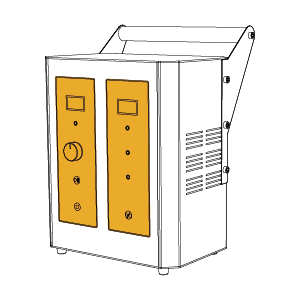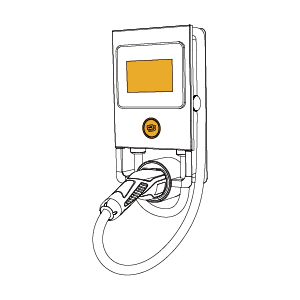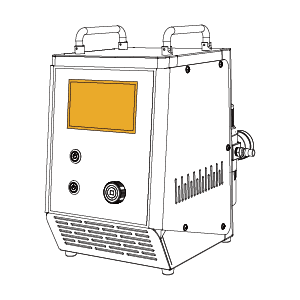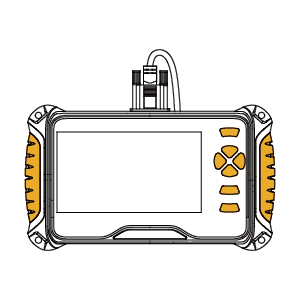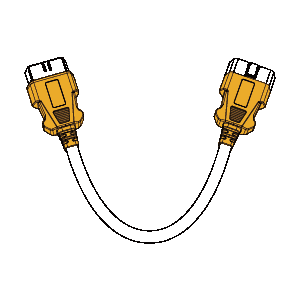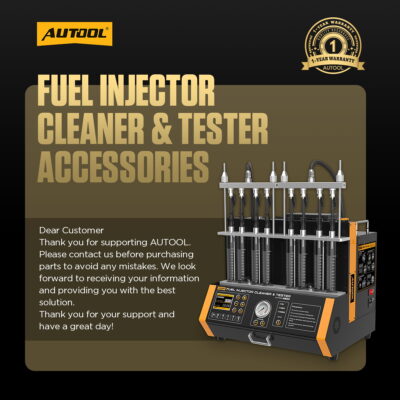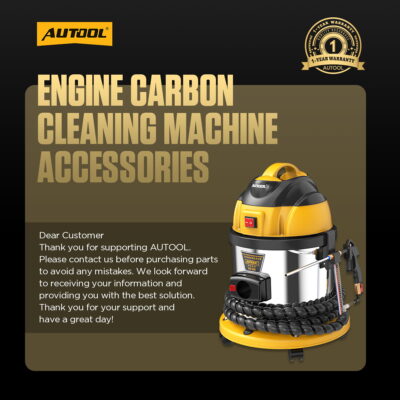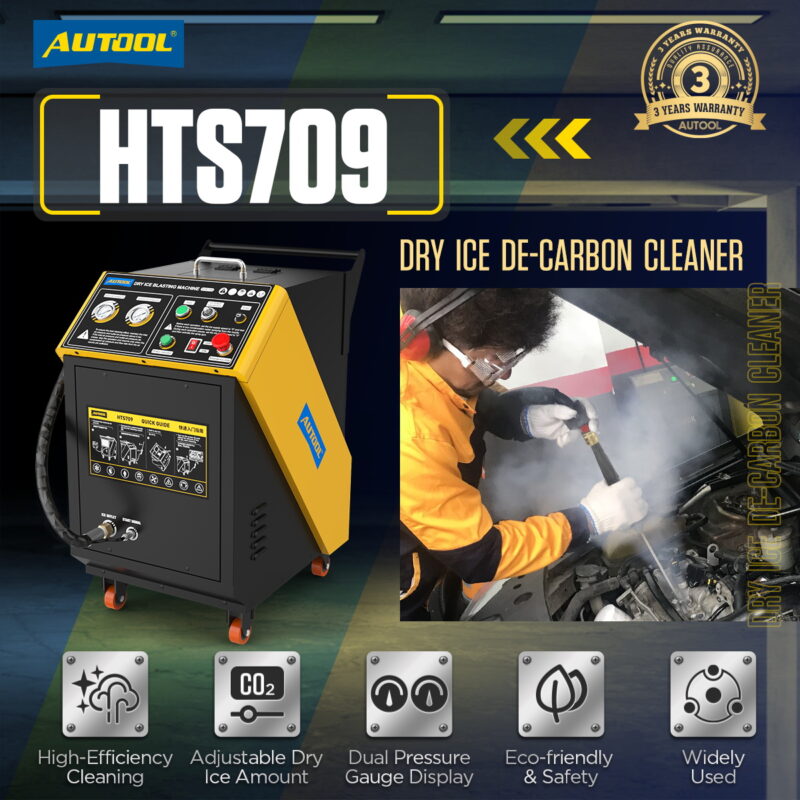Uncategorized
Does Engine Carbon Cleaning Really Work?
Engine carbon buildup is an almost unavoidable issue for every car owner. Whether it’s a traditional Multi-Point Fuel Injection (MPI) engine or the now-common Gasoline Direct Injection (GDI) engine, carbon deposits can lead to reduced power, increased fuel consumption, and even trigger the check engine light. So, does engine carbon cleaning really work? This article will take you through the formation of carbon deposits, their symptoms, and the proper ways to deal with them.
What Is Carbon Build-Up in an Engine?
Carbon deposits are leftover residues formed when gasoline does not burn completely. Like “tar,” they create hard, sticky layers inside the engine. Carbon often builds up on fuel injector tips, the throttle body, the back of intake valves, the intake manifold, piston tops, combustion chamber walls, and inside turbochargers.
Carbon deposits can reduce engine power, increase fuel use, and cause more pollution.
What Causes Carbon Deposits in Engines?
The formation of carbon deposits is a complex process, mainly related to the combustion process, oil management, fuel quality, and engine design. Key causes include:
1. Incomplete Combustion
When the engine frequently operates at low temperatures, short trips, or stop-and-go conditions, fuel cannot burn completely, and carbon residues gradually accumulate in the combustion chamber. This is especially common in congested urban traffic, where engine temperature is insufficient for complete fuel atomization and combustion, accelerating carbon buildup.
2. Oil Vapor Recirculation (Especially in GDI Engines)
The Positive Crankcase Ventilation (PCV) system can carry oil vapors into the intake system. These vapors condense on the intake manifold or intake valves, forming sludge and carbon deposits. Over time, these deposits harden, causing serious accumulation on intake valves or fuel injectors, which affects airflow and fuel atomization.
3. Poor Fuel Atomization
When fuel injectors are contaminated by carbon or debris, the spray pattern worsens, fuel droplets become larger, and combustion efficiency decreases. Incomplete combustion leads to new carbon deposits on valves, combustion chamber walls, or intake manifolds, creating a vicious cycle that accelerates buildup.
4. Low-Quality Fuel
Fuels with high sulfur content or low detergent levels tend to produce carbon residues that stick to engine components. Long-term use of low-quality fuel not only speeds up carbon buildup but may also cause clogged injectors, oxygen sensor failure, and excessive emissions.
5. Design Limitations of Gasoline Direct Injection (GDI) Engines
In GDI engines, gasoline is injected directly into the combustion chamber, bypassing the intake valves. This prevents the intake valves from being cleaned by fuel, making them more prone to hard carbon deposits. Compared to traditional Multi-Point Fuel Injection (MPI) engines, GDI engines tend to accumulate carbon faster under low-speed urban driving and are more difficult to clean.
How to Tell if Your Car Has Carbon Build-Up?
The more severe the carbon buildup, the more noticeable the vehicle’s performance issues. Key symptoms include:
1. Rough Cold Start and Unstable Idle
Carbon on intake valves or the throttle body can disrupt airflow, causing uneven fuel-air mixture combustion. This often results in engine shaking during cold starts or unstable idling.
2. Increased Fuel Consumption
Carbon deposits on fuel injectors or in the combustion chamber reduce fuel atomization efficiency. The ECU compensates by injecting more fuel to maintain power, leading to higher fuel consumption.
3. Reduced Power and Sluggish Acceleration
Carbon in the combustion chamber can reduce compression efficiency, lowering overall combustion performance and causing noticeable lag during acceleration.
4. Engine Knocking or Metallic Tapping Sounds
Hot spots formed by carbon deposits may trigger premature ignition, causing knocking. Persistent severe knocking can damage pistons or valves and shorten engine lifespan.
5. Abnormal Emissions and Check Engine Light
Carbon buildup can skew the air-fuel ratio, triggering oxygen sensors or other sensor warnings, resulting in increased emissions and illumination of the check engine light.
6. Sluggish Start and Poor Gear Shifts
Carbon on the throttle body can interfere with throttle opening measurements, causing ECU miscalculations, slow starts, or delayed automatic transmission shifts.
7. Visible Black Smoke or Foul Exhaust Odor
Incomplete combustion due to carbon deposits can produce black smoke and unpleasant exhaust odors, especially at low speeds or idle.
How to Remove Engine Carbon Deposits?
Carbon removal methods range from regular maintenance to professional cleaning techniques. Depending on the severity and location of the deposits, the following methods are commonly used:
1. Regular Air Filter Replacement
Keeping the intake system clean prevents dust and debris from entering the engine. Check or replace air filters every 10,000–15,000 km.
2. Use High-Quality Fuel and Fuel Additives
Premium fuel burns more completely, and fuel additives clean injectors and combustion chamber surfaces, reducing carbon buildup at its source.
3. Regular High-Speed Driving (Engine Flushing)
Driving at high RPMs increases exhaust temperature and airflow, helping loosen light carbon deposits.
4. Throttle Body Cleaning
Remove the throttle body and clean with a specialized solution to restore proper airflow and resolve idle or startup issues.
5. Fuel Injector Cleaning
Carbon on injectors worsens fuel atomization. Use injector cleaning solutions or car injector cleaning machines to restore spray performance.
6. Intake Manifold and Valve Cleaning
Professional cleaning tools remove carbon from the intake manifold and valves, especially important for GDI engines. Walnut blaster equipment are commonly used in workshops.
7. Combustion Chamber Cleaning
Hard deposits inside the combustion chamber can be removed with specialized cleaners or professional methods such as walnut blasting. This restores compression and improves combustion efficiency.
8. Dry Ice Cleaning (Dry Ice Blasting)
Dry ice blasting machines for cars use frozen CO₂ pellets to crack carbon deposits, which are then blown away with airflow. This precise, non-damaging method is cost-effective and widely used in modern automotive maintenance.
Summary
Although engine carbon buildup cannot be completely avoided, proper maintenance and professional cleaning can effectively restore engine performance. Different levels of carbon deposits require corresponding cleaning methods:
- Mild Carbon Buildup: Air filter replacement, fuel additives, throttle body cleaning
- Moderate Carbon Buildup: Fuel injector cleaning, intake manifold cleaning
- Severe Carbon Buildup: Combustion chamber cleaning, dry ice blasting, or walnut blasting
Proper carbon cleaning not only restores engine power and reduces fuel consumption but also extends engine life. For high-mileage vehicles or GDI engines, regular carbon inspections and cleaning are especially important.
Quick search for AUTOOL walnut blasting equipment
Contact Us
👉Want to learn more? Contact us to enjoy a 10% discount for new customers and 3-year warranty!
-
WhatsApp: +86 189 2647 7404
-
Email: shop@autooltech.com


